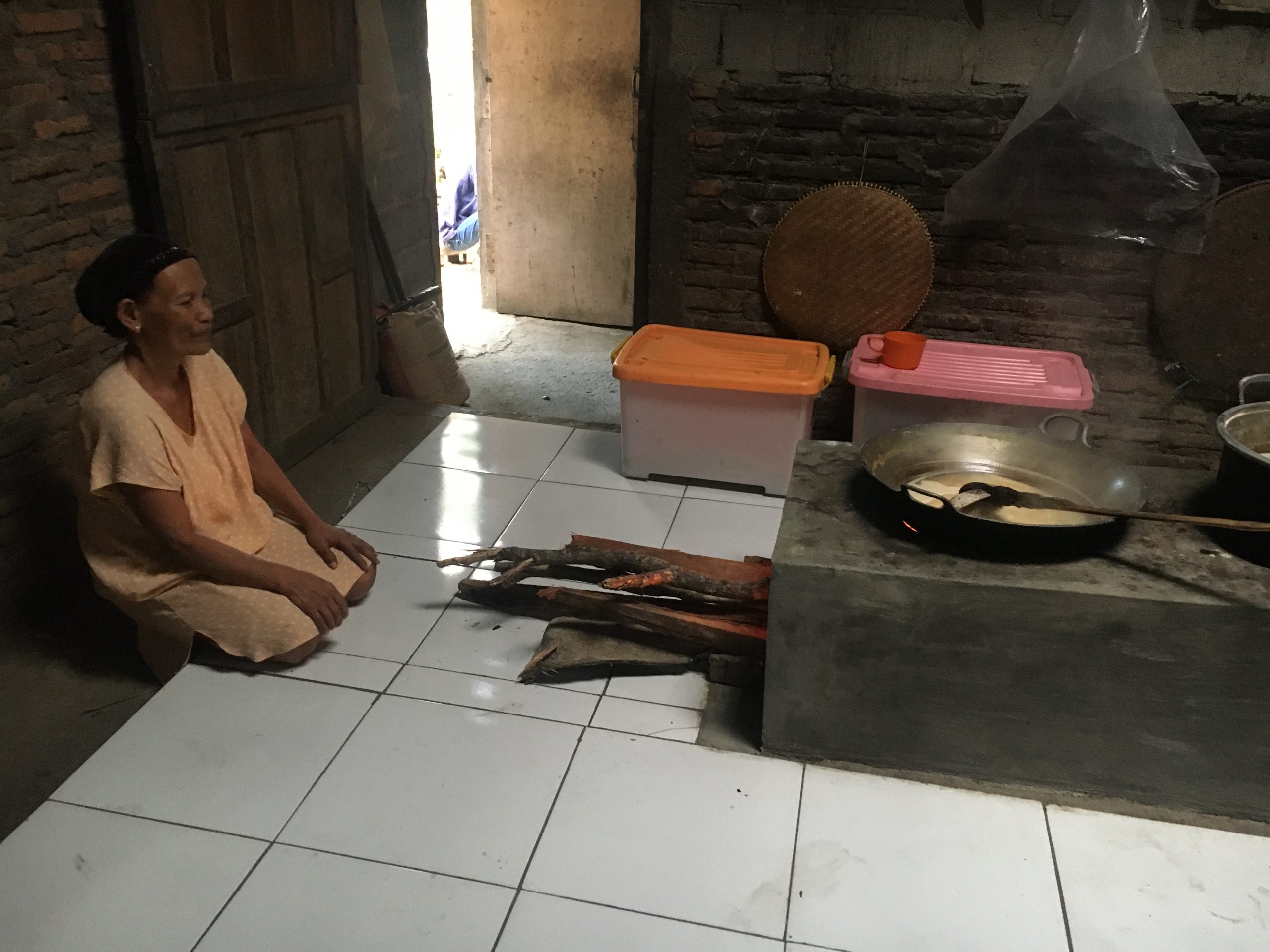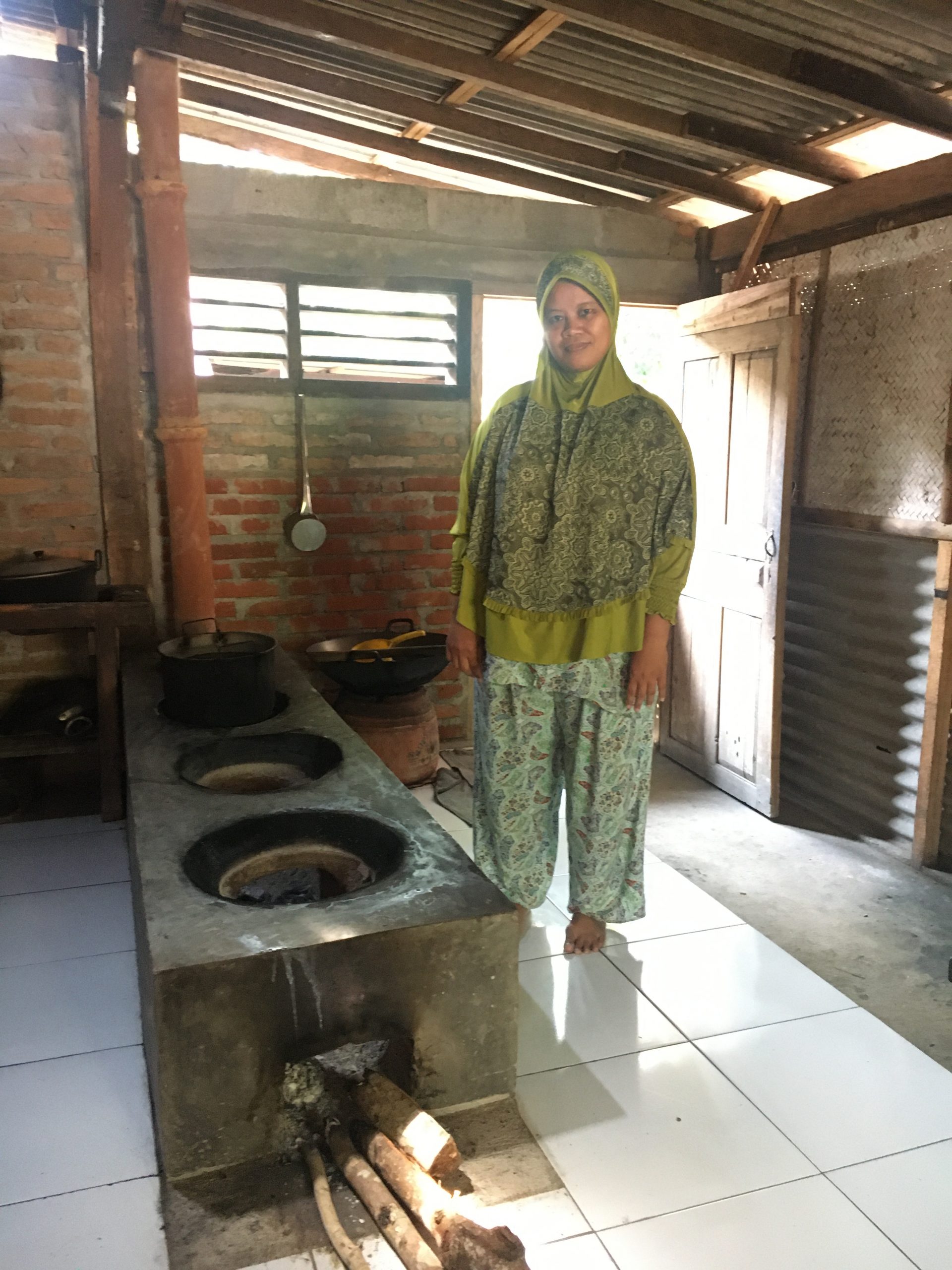 The making of coconut sugar is historical to the people of Java island, especially to those who live in the areas of central Java. Coconut sugar making has become a traditional household craftmanship that is preserved from generation to generation. Coconut sugar can be categorized as an artisanal product that is produced by household craftsmen and craftswomen or termed as coconut sugar artisanal farmers/craftsmen. In Fairtrade system, they are termed as coconut sugar household farmers or widely and fall into the category of small producers.
The making of coconut sugar is historical to the people of Java island, especially to those who live in the areas of central Java. Coconut sugar making has become a traditional household craftmanship that is preserved from generation to generation. Coconut sugar can be categorized as an artisanal product that is produced by household craftsmen and craftswomen or termed as coconut sugar artisanal farmers/craftsmen. In Fairtrade system, they are termed as coconut sugar household farmers or widely and fall into the category of small producers.
In general, a husband and a wife in a household work together to make the coconut sugar. The man or the husband usually the one that taps the coconut sap and then the coconut sap is cooked by the wife, and transformed into granule coconut sugar or blocked solid coconut sugar. Commonly, the tapping of the coconut sap is still performed by men. This is mainly due to the practice of coconut sap tapping itself that is still manually done and requires the tapper (or called as Penderes in the Javanese language) to climb about 10-15 meters height of a coconut tree to reach for the blossoming flowers of coconut tree (or called as manggar in the Javanese language) as the source of coconut sap (or called as nira in the Javanese language). The wife usually cooks the fresh tapped nira, right after the husband has finished tapping the the coconut sap (nira).

The cooked coconut sugar then sold to the cooperative, sometimes via the collectors. The coconut sugar will be processing in mass volume at the cooperative, or in other supply chains, at the trading companies which partner with the cooperatives. HACCP is applied at the mass processing level, it can be at the cooperative or at the trading companies partnered with the cooperative.
The majority of these coconut sugar household farmers still employ the traditional ways of cooking the tapped coconut sap (nira), by using the traditional open fire stove or the traditional furnace fueled with woods or husks (mostly woody husks). The cooking apparatus are generally located in the backside of the farmers’ houses or near the kitchen area of the house, but mostly separated from the domestic cooking area. The traditional open fire stove causes smoke that contains wood ashes to disperse openly in the kitchen area. The smoke inhaled by the coconur sugar craftsmen or craftswomen can lead to chronic and accute respiratory diseases. The smoke also stains the kitchen area.
Through the ‘COVID 19 Fairtrade Emergency Initiative’ funded by the BMZ, economic recovery support is provided to 3 Coconut blossom sugar Small Producer Organisations ( 200 coconut sugar farmers (75 coconut sugar farmers in Purworejo Regency and 125 coconut sugar farmers in Banyumas Regency) through the renovation of household level sugar processing facilities (cooking kitchens) to enable HACCP compliance with direct benefits to 200 families. The activities will increase their production’s food safety from biological, chemical, physical hazards and radiological hazards. Improved hygiene standards and air ventilation will ensure greater quality of the product and thus achieve better prices. The renovation entails the physical improvement in the flooring and the stove in the kitchen facility that is used for cooking the coconut sugar. The newly built stove will prevent the kitchen being polluted by smoke generated from the burner. The floor of the kitchen will be improved from natural ground to tiled flooring for improved hygiene and sanitation. In addition to the total 200 direct farmer households benefiting from the improved HACCP facilities for their production process, the wider POs’ membership (2,229 farmers) will improve the quality of their export product.
